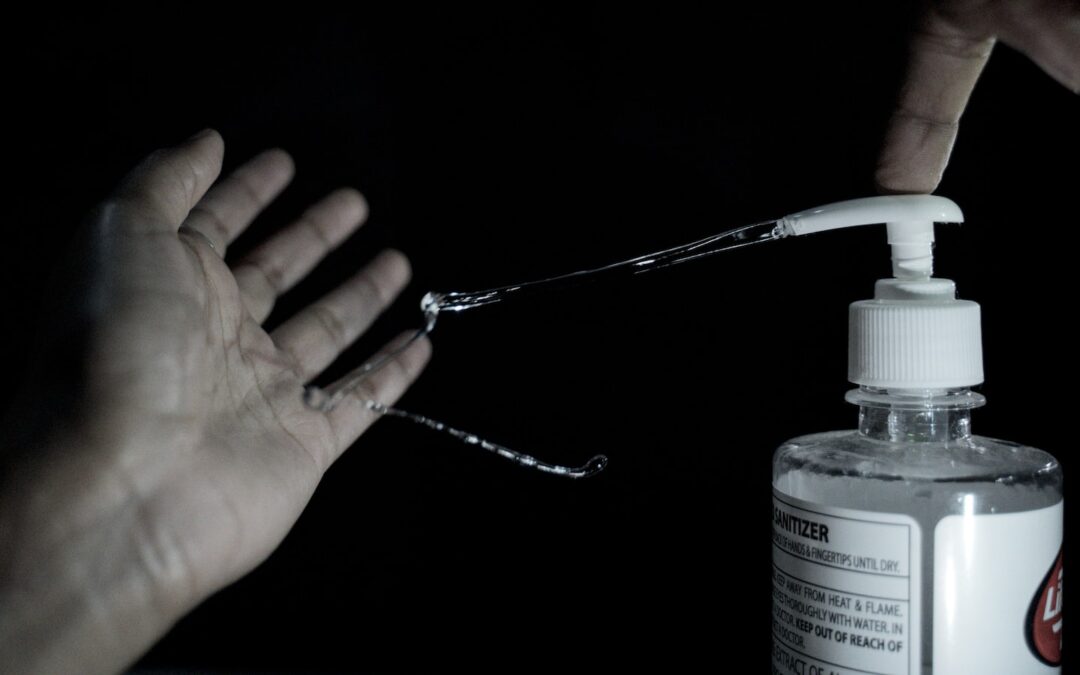Wasp nests can be a nuisance and make the environment dangerous. Knowing how to identify and remove a wasp nest can be very helpful in avoiding an unwanted encounter with wasps and keeping you and your family safe. In this article, we will explore how to identify a wasp nest and the best ways to remove it safely.
Identifying a Wasp Nest
Understanding what a wasp nest looks like is the first step in removing it. Wasp nests come in a range of shapes and sizes, from small paper-like packets to large basketball-sized structures. They are made from a paper-like material called cellulose, which the wasps chew and mix with saliva to create their nests. Common signs of a wasp nest include buzzing, increased wasp activity, as well as seeing the structure itself.
Wasp Species
It’s important to understand the different types of wasps before attempting a removal. Common species of wasps include yellowjackets, hornets, cicada killers, and mud daubers. Each species has different tolerances and behaviors when it comes to nest removal, so it’s best to identify the species before attempting a removal.
Finding and Assessing the Nest
The nest can be located by scanning the area for wasp activity and then tracing the wasps back to their source. It is also possible that the nest may be hidden in an area such as under a roof eaves, or in a hollow tree. When assessing the nest, take note of height, as wasps generally build their nests between two and twenty feet high. Additionally, note the size and shape of the nest and identify the type of wasps.
Removing a Wasp Nest
Once the nest has been identified, it’s important to have the proper safety gear to protect yourself and minimize the risk of being stung. This includes safety glasses, gloves, long pants, and a long-sleeved shirt. It’s also important to ensure to be aware of the wind direction and to use barrier protection such as a ladder, torch, or walkie-talkie, in order to maintain a safe distance from the nest.
Tools for Wasp Nest Removal
The tools needed for wasp nest removal will depend on the location and size of the nest. Common tools include a shop-vac, an extendable pole with a hook, a pressure washer, a wasp spray, and a ladder. It is important to use the appropriate tool and not to use a combination of tools, as this could damage the nest and agitate the wasps.
Pre-removal Setup and Preparation
Prior to attempting removal, it is important to take proper precautions. This includes wearing the required safety gear, having a retreat plan should the situation become hazardous, and notifying local authorities of the nest. Additionally, make sure to turn off any lawn sprinklers directly below the nest, as the water could cause the nest to collapse, agitating the wasps.
Removal Process
To begin, aim for the center of the nest and stand as far away as possible. Spraying the nest with a long-lasting wasp killer will allow for a slow, controlled kill and reduce the amount of risk involved. Alternatively, if the nest is in a precarious location or difficult to reach with a wasp spray, a shop-vac can be used to slowly suck the wasps and their nest away.
People Also Ask
How do you know if you have a wasp nest?
Common signs of a wasp nest include increased wasp activity, buzzing around the area, and seeing the structure itself.
What do wasp nests look like?
Wasp nests come in a range of shapes and sizes, from small paper-like packets to large basketball-sized structures. They are made from a paper-like material called cellulose, which the wasps chew and mix with saliva to create their nests.
How do you get rid of a wasp nest without getting stung?
Before attempting to remove a wasp nest, it is important to wear the proper safety gear to protect yourself and minimize the risk of being stung. Also, be aware of the wind direction and use barrier protection such as a ladder, torch, or walkie-talkie, in order to maintain a safe distance from the nest.
How long does it take to remove a wasp nest?
The duration of wasp nest removal depends on the size and location of the nest, as well as the method of removal. Generally, it takes between 20 minutes and two hours to complete the process.
Should I take down a wasp nest?
Wasp nests can be a nuisance and make the environment dangerous, so it is important to identify and remove a wasp nest to keep you and your family safe. However, it is best to consult with a professional before attempting to remove the nest on your own.
Final Words
Knowing how to identify and remove a wasp nest is essential in avoiding unwanted wasp encounters and making the environment safe. Be sure to take the proper safety precautions, identify the type of wasps, and understand the process of removal before beginning. With the proper knowledge, you can easily and safely rid yourself of wasp nests.

